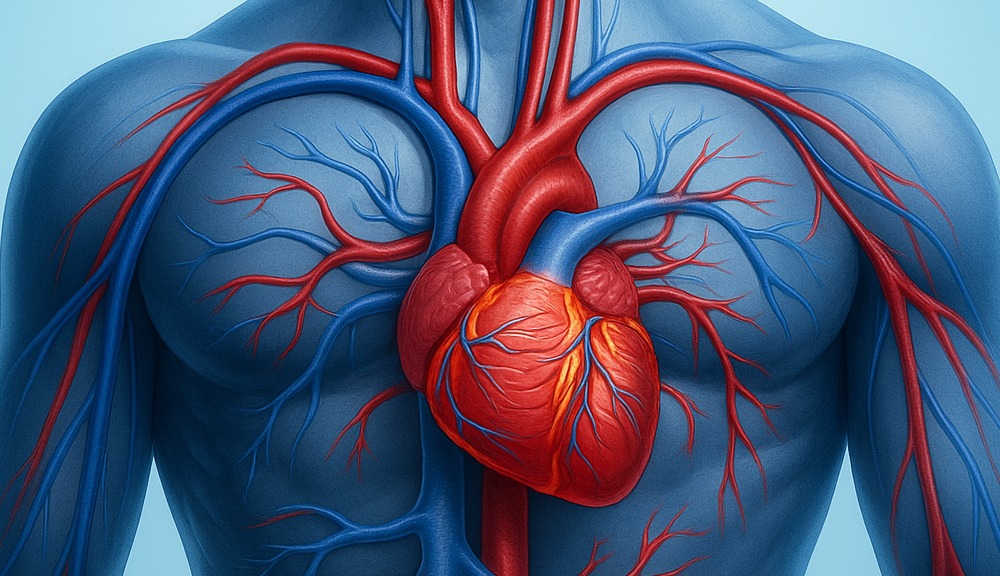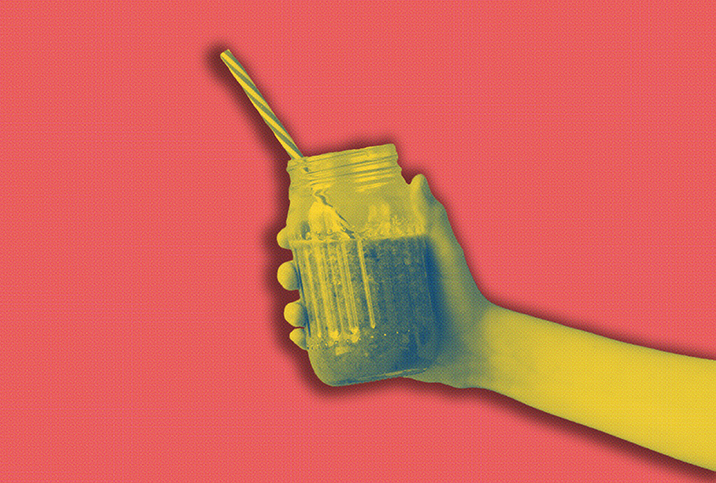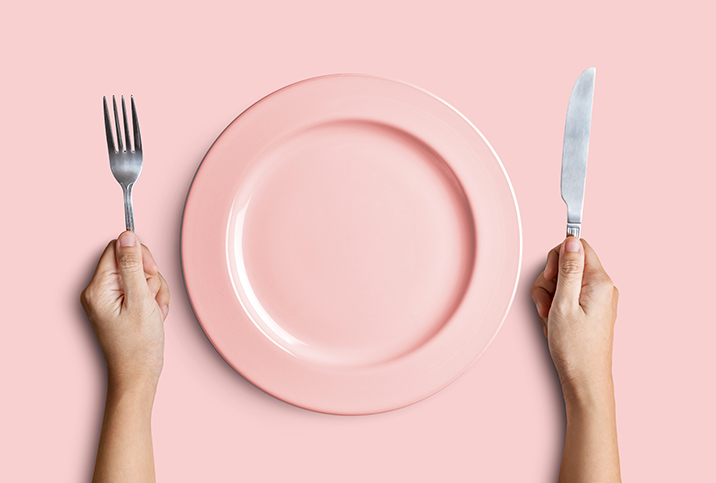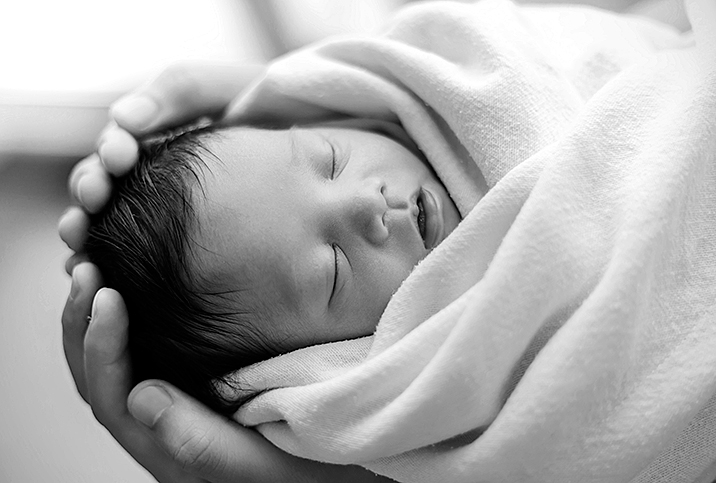The Invasion of the Placenta
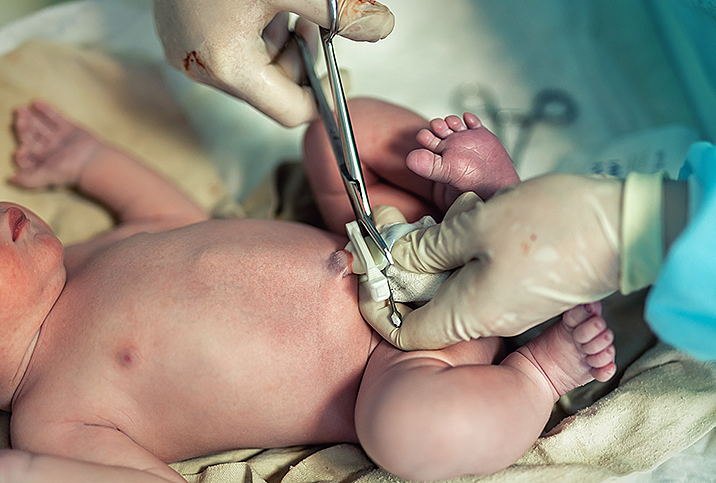
After a woman gives birth, the placenta is considered medical waste—in other words, garbage.
The delivering clinician gives the placenta a quick once-over to check it for abnormalities, make sure it's intact, and count the umbilical vessels. And then the placenta is dumped rather unceremoniously into an oversize plastic container with a lid, much like the 2-gallon buckets that hold the cheap ice cream you probably had at birthday parties.
Barring any problems with the baby that would warrant a closer look, that bucket becomes the end of the line for the placenta (unless it's turned into a placenta smoothie, Hilary Duff-style).
It's an unglamorous end for what is a remarkable organ, produced just for pregnancy and single-handedly responsible for sustaining life in an otherwise inhospitable environment.
Although doctors have always known the placenta plays a crucial role in pregnancy by delivering nutrients from mom to baby, research has been taking a closer look at what the placenta actually does—and the truth is, it's both fascinating and horrifying.
Portrait of a vampire
The placenta is a temporary organ that develops in a woman's body for the sole purpose of sustaining the pregnancy. Early on, when the pregnancy is still just a ball of cells, some of those cells split off and become the placenta and the rest become the fetus.
The placenta then "sets up camp" in the uterus and attaches to a woman's blood vessels to create its own network of blood vessels that will deliver oxygen and nutrients to the fetus. All in all, it whips up an incredible number of capillaries—with estimates ranging from 320 kilometers to 550 kilometers in length.
One side of the placenta attaches itself to the uterine wall and the other side attaches to the baby through the umbilical cord. Sometimes compared to a parasite, the placenta has also been called the most important, yet least understood organ.
In her book, "Mom Genes: Inside the New Science of Our Ancient Maternal Instinct," Abigail Tucker, a science journalist and author, painted a portrait of just how wild early pregnancy and the development of the placenta really is.
For instance, while many people are aware of the fact that getting pregnant isn't always easy, Tucker explained it's even more complex than the stars aligning for a sperm and egg. According to Tucker, a woman's body fights off pregnancy.
"Most pregnancies don't make it to term, in part because the mother's immune system is trying to protect her from the microscopic foreign body that might one day become that adorable dimpled child," Tucker said.
Sometimes compared to a parasite, the placenta has also been called the most important, yet least understood organ.
You could say one of the reasons that a woman's body fights being pregnant is because it's afraid of what the placenta will do to it—and for good reason. Tucker described how pregnancy is extremely dangerous to humans, due in part to the behavior of the placenta.
However, it is important to note other studies have demonstrated the "fetus-as-a-foreign-body" view of pregnancy to be incorrect. It is less of a mom-against-fetus battle and more of an intricate interplay of maternal and fetal influences on immune function.
"Consequently, the presence of immune cells at the implantation site is not associated with a response to the 'foreign' fetus but to facilitate and protect the pregnancy. Therefore, the immune system at the implantation site is not suppressed—on the contrary, it is active, functional and is carefully controlled," stated Gil Mor, M.D., Ph.D., in his 2010 article titled "The Immune System in Pregnancy: A Unique Complexity," published in the American Journal of Reproductive Immunology.
It is true, however, that compared to most other mammals', human placentas are incredibly invasive—the human placenta penetrates the uterus and remodels a woman's blood vessels, redirecting her blood to the baby. (Other mammals that have a hemochorial, or "invasive," placenta include rodents and all higher primates.)
And while this "vampiric placenta"—as Tucker dubbed it—is what contributes to human babies' brains being as advanced as they are, it also comes with a cost: Humans are more prone to postpartum hemorrhage than mammals with noninvasive placentas. Additionally, when things go haywire, the human placenta can invade other parts of the body, such as the bladder.
Placenta in the control seat
Once pregnancy does take hold in a woman's body, the placenta becomes the star of the show. According to Tucker, in a normal pregnancy, the placenta takes over the mom's own bodily systems and bypasses her brain.
The placenta has one goal: to get the fetus as much blood and nutrients as possible. To accomplish this, Tucker described just a few of the ways the placenta will control the body to support the pregnancy, such as:
- Messaging a woman's ovaries to tell them to stop producing progesterone (effectively stopping the menstrual cycle)
- Taking over progesterone production itself, pumping the hormone out from its own tissue
- Mining the mother's body for resources to give to the baby
- Changing the chemistry of the woman's brain to "primer" her for motherhood
If you're starting to get a little freaked out by the thought of The Invasion of the Placenta, you're not entirely off-base—when things go right in pregnancy, the placenta is kind of frightening. "Normal placentas are scary enough," Tucker noted.
Just like dad
Tucker's analysis of the existing research also discussed a crucial aspect of the placenta that science is only just beginning to understand: The placenta is actually driven by dad's genes.
That's right—paternal DNA helps determine how the placenta will function. This is important to understand because a solid placental foundation is vital (though not sufficient on its own) for a healthy pregnancy. Other factors are needed to create a healthy pregnancy, too, but a healthy placenta is a necessary component.
Remember earlier when we said the placenta is formed from the fetus, not the mom? This means the placenta and the fetus have the same DNA—and that DNA is made from paternal and maternal chromosomes.
The fact the dad's DNA is in the placental driver's seat is due to a process called genetic imprinting, in which a small fraction of our genes are powered more dominantly by either the mother's genes or the father's genes. And a lot of the "imprinted" genes from dad are found—you guessed in—in the placenta.
"The dad's genes are pushing for a big, powerful placenta," Tucker said. "If you experimentally double the dad's genes in an egg, an enormous placenta develops with a puny fetus. With doubled mom genes, it's the other way around—the placenta is stunted."
According to Tucker, having a dad-driven placenta may be a cost-effective solution for ensuring the health of his descendants. Experiments in mice have even suggested placental hormones from dad make the mom mice more maternal to her baby.
'I think a lot of people, including many mothers and some doctors, don't understand how important this ephemeral organ really is.'
Having a big, beefy placenta that works overtime to get blood and nourishment to his baby and primes mom for caregiving means his genes get passed down and his baby has a higher chance of surviving—all without him lifting a finger.
"At no cost to the father, there's plenty of evolutionary benefit," Tucker said.
(Author's note: If you're a person who has given birth and are thinking this makes complete sense for the lived experience of pregnancy sucking the life out of you, you're not alone.)
The influence of the father's genes extends beyond shaping the placenta. "Whether a father is physically absent or present in the mother's life, his genes are working inside the body of the mother in ways that we don't fully fathom," Tucker explained. For instance, some research suggests genes carried in the sperm are influenced by a father's life history, from diet to past traumatic events.
"How this plays out in the placenta is anybody's guess," Tucker said. "But our dismissal of this dynamic organ as 'afterbirth' is a perfect example of hubris in the face of women's health."
In the end, as Tucker's book exemplified, it's clear the placenta doesn't get enough credit for all it does—but that's starting to change. For instance, she noted some placenta experts claim that tracking the volume of the placenta as the pregnancy progresses (instead of simply measuring the fetus) can yield vital clues about the health of the baby and the mother.
"I think a lot of people, including many mothers and some doctors, don't understand how important this ephemeral organ really is," Tucker said. But thanks to the scientists Tucker highlights in her book, the placenta is already starting to find a purpose beyond the plastic medical waste bucket.










